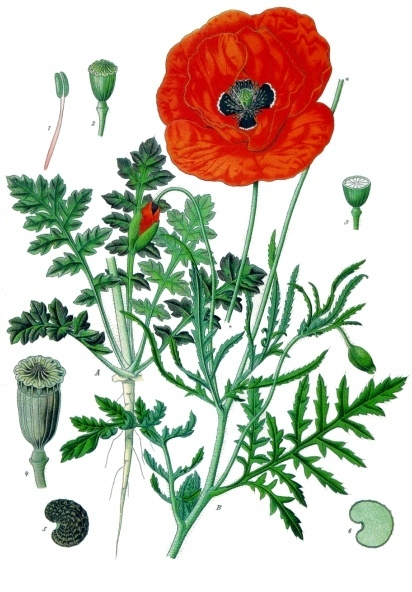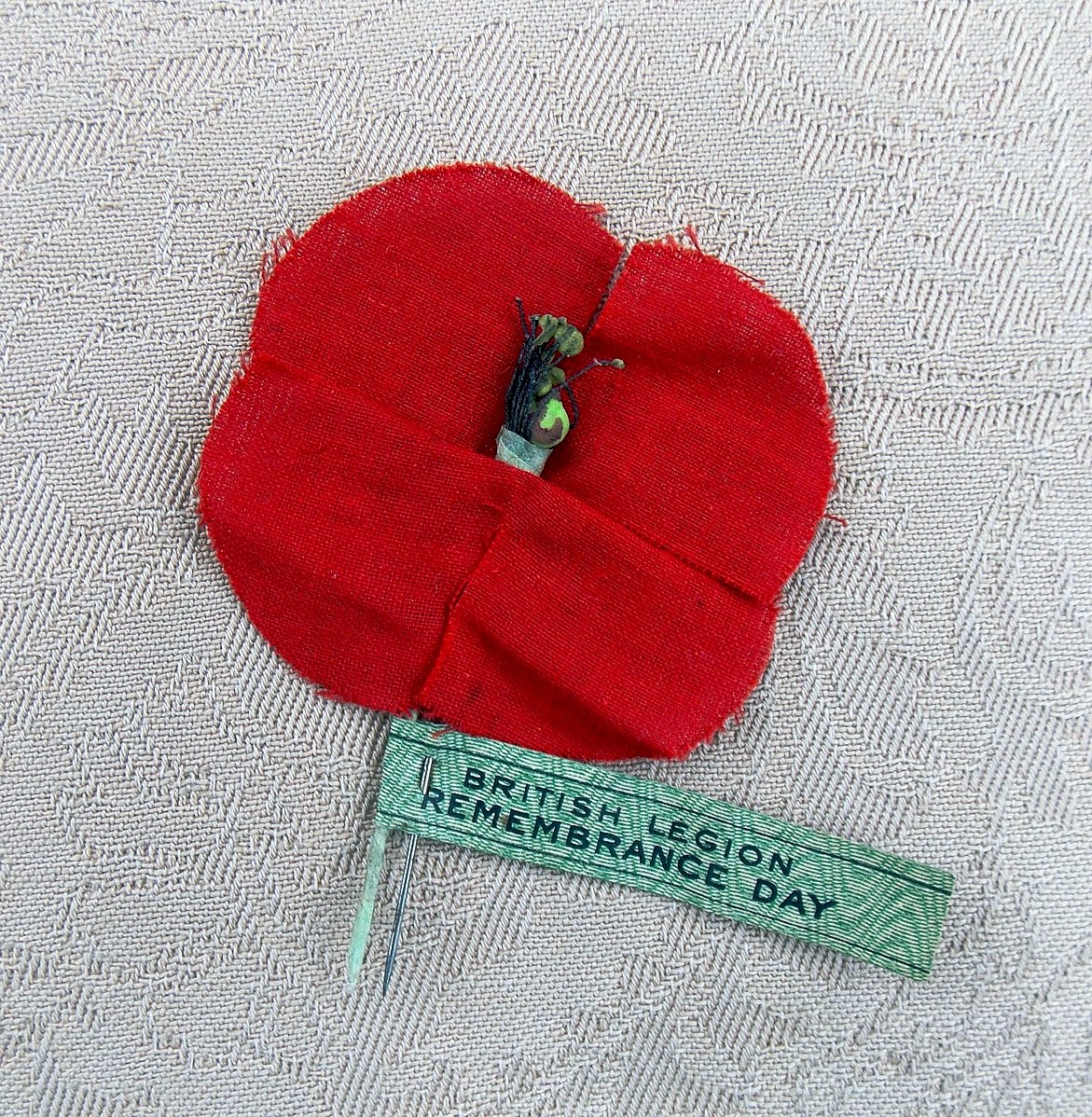Remembrance Poppies
Remembrance Poppies for Anzac Day (credit: Wikicommons)
Anyone who has turned on a television around November 11th would have seen news presenters wearing an odd lapel pin, the. remembrance poppies. The red flower symbolizes fallen soldiers during WWI and the end to the war on November 11, 1918.
The use of a red poppy was first immortalized by the 1915 poem, In Flanders Field. The small artificial poppies are worn on clothing for a few weeks prior to Remembrance Day or Armistice Day, November 11th. Poppy wreaths are placed on war memorials as well. The poppy pin has been adopted for this same reason by nations including the UK, Great Britain, Canada, Australia, and the United States where fallen soldiers are remembered for their valor, service, and sacrifice during, "the war to end all wars".


Remembrance Poppy (Papaver rhoeas), and British Lapel Pin c. 1921 (credit: Wikicommons)
Flowers have always been used to represent purity, something good, beautiful, and symbolic. Evidence from 35,000-60,000 year old burial caves in the Middle East, indicate that even Neanderthals may have buried their dead with flowers. Pollen samples analyzed from recovered skeletons show specific medicinal plant species may have been deliberately placed with the deceased person. It's nice to think modern humans may have inherited our cultural use of flowers to honor the dead from such an ancient ancestor.
On this 100th Anniversary to the end of WWI, remember a red lapel pin as reminder of fallen heroes but also an ancient tradition.
WHB